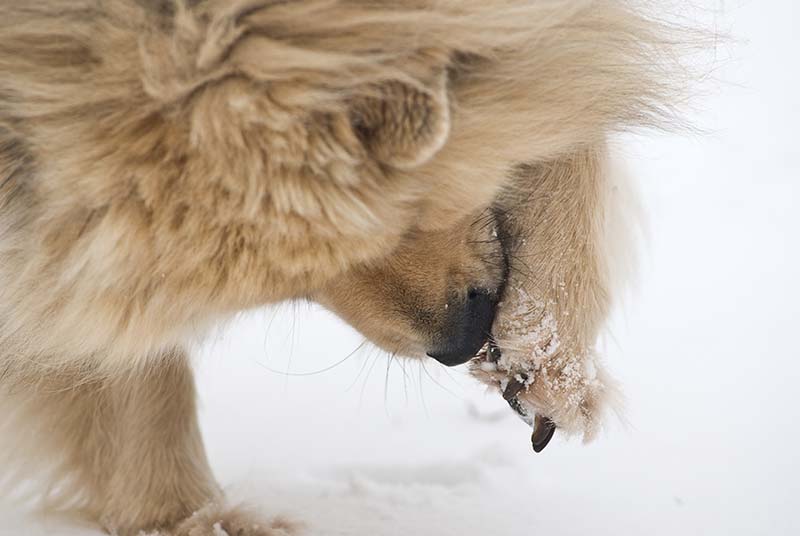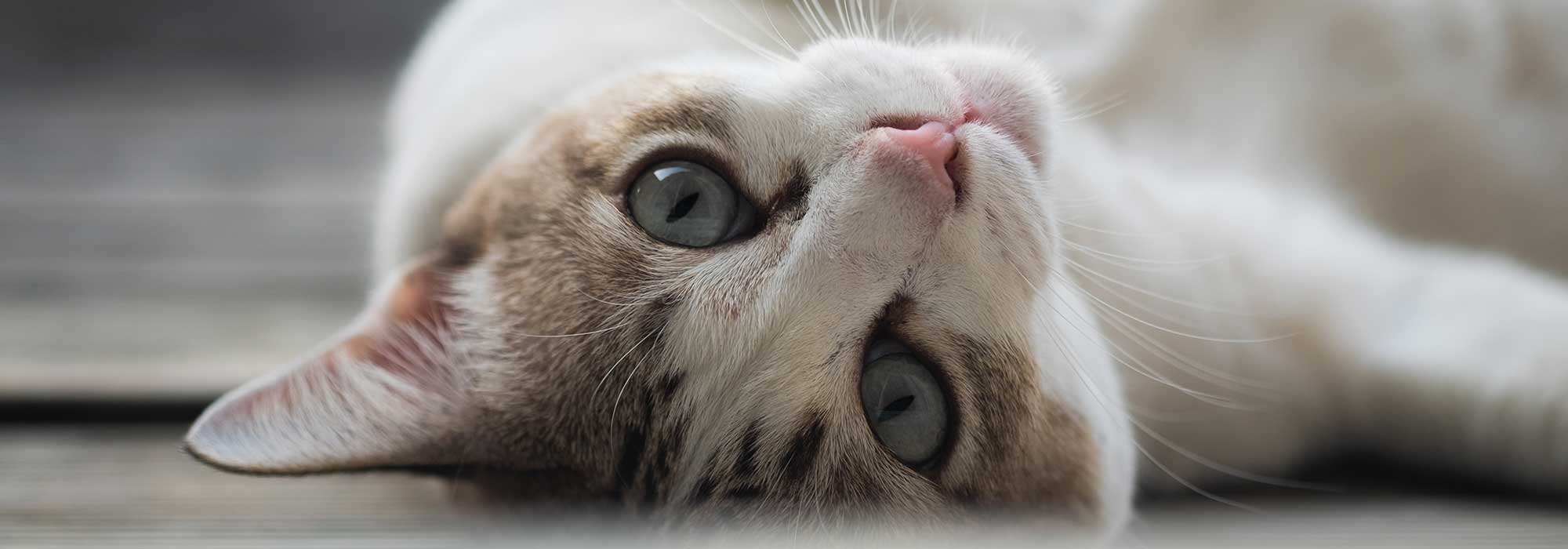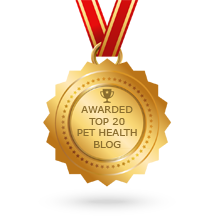Posts Tagged: Pet Toxins
Cozy Toes: The Principles of Winter Paw Protection

Our pets rely on their paws to transport them everywhere they need to go and in all types of weather, and it is easy to assume that their paws can withstand whatever Mother Nature throws at them. Unfortunately, cracked pads, frostbite, chemical burns, and more present numerous hazards to the well-being of our pet’s paws, especially, this time of year. With this in mind, the team at Lone Tree Veterinary Medical Center would like to walk you through the basics of winter paw protection for your furry loved one!
Adorable Anatomy
Paw pads are some of the cutest parts of any pet, but they also serve many important functions. Pads provide cushioning and shock absorption by protecting the ligaments, tendons, and bones from the impact of walking and running. They also provide insulation from hot and cold surfaces, as well as traction when a pet traverses across varying types of terrain. As if that’s not enough, paw pads also protect our pets against bacteria, parasites, and other nasty contaminants present on any surface or terrain they come in contact with.
Over time or as a pet matures, the surface of the pads will become more tolerant to heat, cold, and rough surfaces. That doesn’t mean, however, that they don’t need some additional protection and care during the winter months, especially, when exposed to extreme cold, ice, and chemical de-icers.
Continue…


